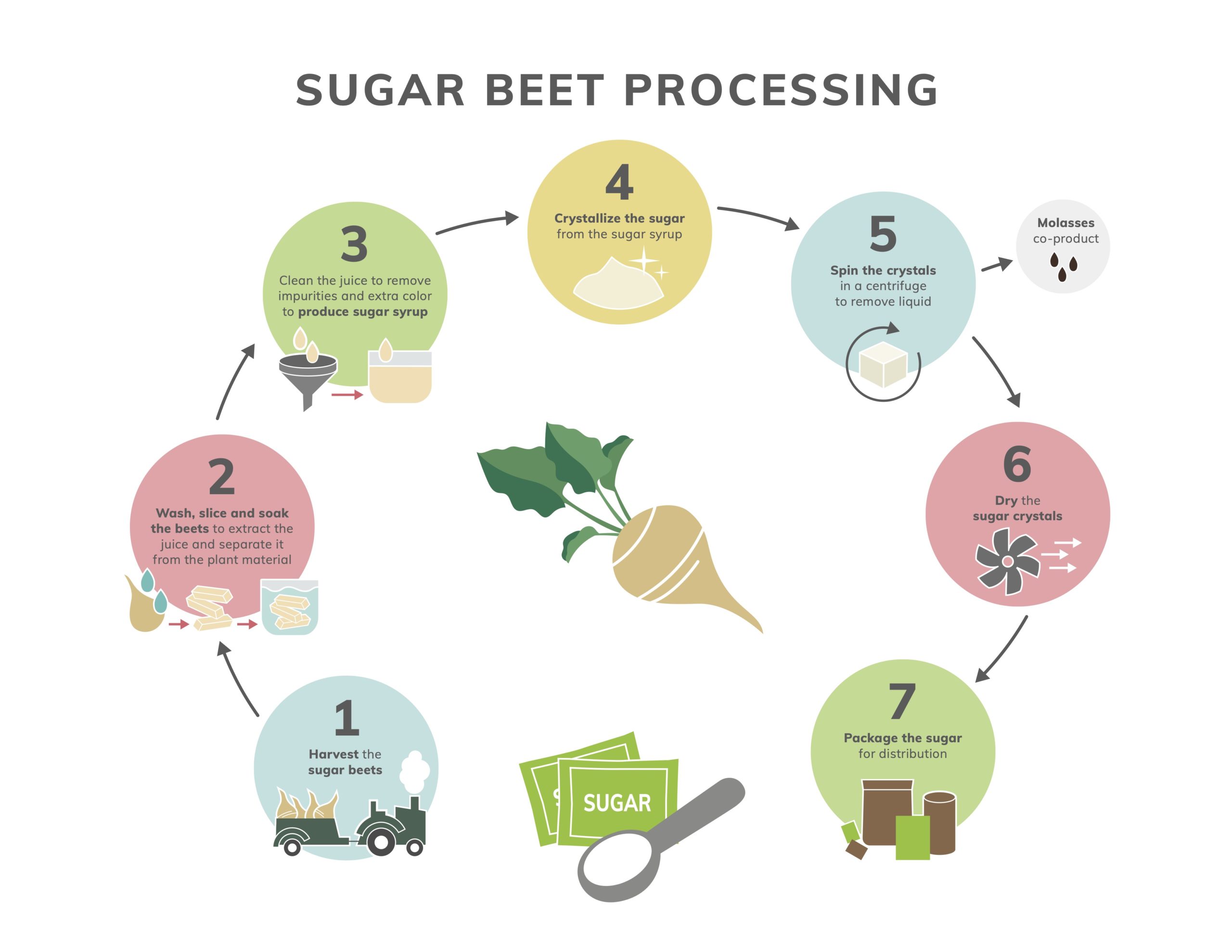Reliable Cane Sugar Processing Chemicals: Enhance Yield and Quality
Reliable Cane Sugar Processing Chemicals: Enhance Yield and Quality
Blog Article
Maximizar Rendimientos Y Minimizar Costos: Estrategias Avanzadas Para La Optimización Química Del Procesamiento De Azúcar De Caña
In the world of walking cane sugar processing, the search of optimizing yields while simultaneously minimizing costs stands as a powerful obstacle that requires a strategic mix of sophisticated chemical optimization strategies. In the middle of this detailed web of strategies lies the pledge of opening untapped potential and revolutionizing the very essence of sugar manufacturing.
Chemical Evaluation for Efficiency
Chemical evaluation plays a crucial role in boosting the efficiency of sugar cane handling by giving crucial understandings right into the make-up and buildings of the raw materials. By performing thorough chemical analyses on sugar walking stick samples, cpus can establish the precise concentrations of sucrose, sugar, fructose, and various other elements present in the raw product. This information is essential for maximizing the different stages of the sugar cane handling chain, from crushing to condensation.
Moreover, chemical evaluation makes it possible for processors to determine impurities such as organic acids, proteins, and minerals that can influence the high quality and yield of the last sugar item. By measuring these contaminations, processors can apply targeted strategies to eliminate or reduce their effects, eventually improving the overall efficiency of the handling plant.
In addition, chemical analysis helps with the tracking of procedure parameters such as pH, temperature, and viscosity, allowing processors to make real-time changes to make sure optimal problems for sugar extraction and condensation. In general, a complete understanding of the chemical composition of sugar walking stick is vital for taking full advantage of returns, reducing prices, and maintaining high product top quality in the sugar manufacturing industry.

Enzyme Usage for Enhanced Returns
With a critical technique to enzyme application, sugar cane processors can considerably improve their returns while keeping functional efficiency in the production procedure. Enzymes play a vital role in sugar walking stick handling by breaking down complex carbs right into easier sugars, thus raising the total sugar removal performance. By including specific enzymes tailored to target the different parts of sugar walking cane, such as cellulose and hemicellulose, cpus can improve the release of sugars during removal.
Enzyme utilization provides the benefit of making the most of sugar returns from the raw material while minimizing the energy and resources required for handling. This leads to a much more lasting and cost-efficient production process. In addition, enzymes can assist in decreasing processing time and improving the total quality of the sugar item. Through mindful choice and application of enzymes, sugar walking stick processors can optimize their procedures to attain greater returns and productivity.
Ph Control for Optimum Processing
Enzyme usage for increased yields in sugar walking stick handling lays the structure for dealing with the important aspect of pH control for optimum handling efficiency. Maintaining the suitable pH level throughout various stages of sugar cane handling is essential for taking full advantage of returns and decreasing costs. By carefully monitoring continue reading this and adjusting the pH degrees at various handling actions, sugar cane cpus can enhance sugar recovery prices, decrease chemical use, and optimize the total manufacturing procedure.
Advanced Filtering Methods
Carrying out advanced filtering techniques in sugar walking stick handling enhances the performance and purity of the last product through refined separation approaches. By integrating sophisticated filtration technologies, such as membrane purification and turned on carbon filtration, sugar walking cane processing plants can accomplish greater degrees of sugar healing and boosted quality assurance.

Triggered carbon purification is an additional advanced technique that helps in the removal of colorants, off-flavors, and residual impurities from sugar walking stick products. By using turned on carbon's adsorption homes, this filtering method boosts the clarity and preference of the sugar, fulfilling the high criteria required by consumers and market regulations.
Energy-Efficient Distillation Techniques
Energy-efficient purification methods are necessary for enhancing the sugar cane handling market's power usage while preserving high-grade item criteria. Standard purification procedures can be energy-intensive, bring about higher manufacturing expenses and environmental effects (Cane Sugar Processing Chemicals). Applying energy-efficient purification approaches, such as vacuum cleaner purification or molecular distillation, can dramatically lower power his explanation requirements while enhancing total procedure performance
Vacuum distillation involves lowering the pressure within the purification system, which lowers the boiling point of the fluid mix being processed. This reduction in boiling point reduces the energy required for vaporization, leading to power cost savings compared to conventional distillation techniques.
On the other hand, molecular distillation makes use of brief path purification methods under high vacuum conditions to different compounds based on their molecular weight. This method is specifically effective for heat-sensitive substances, as it operates at lower temperature levels, reducing energy intake and protecting product high quality.
Final Thought

Report this page